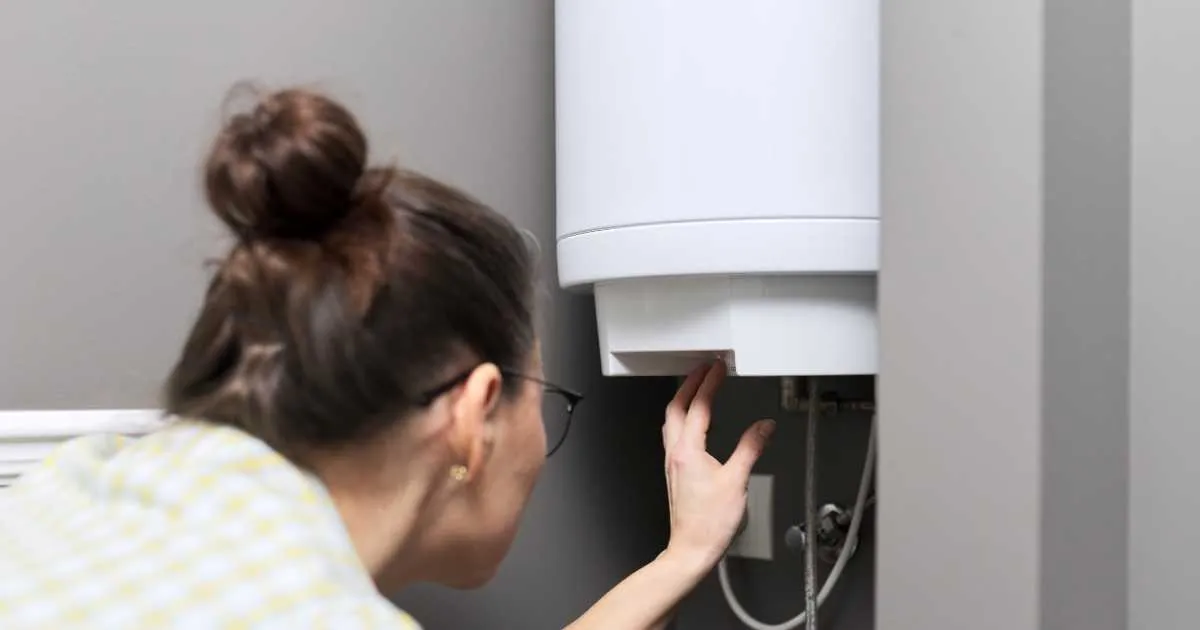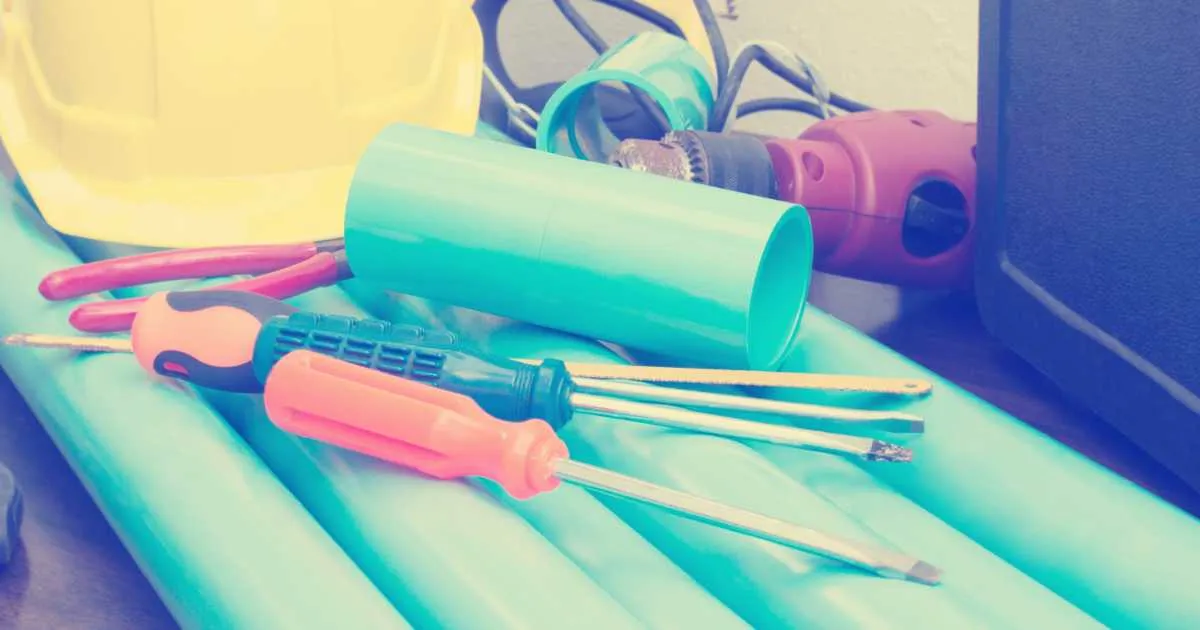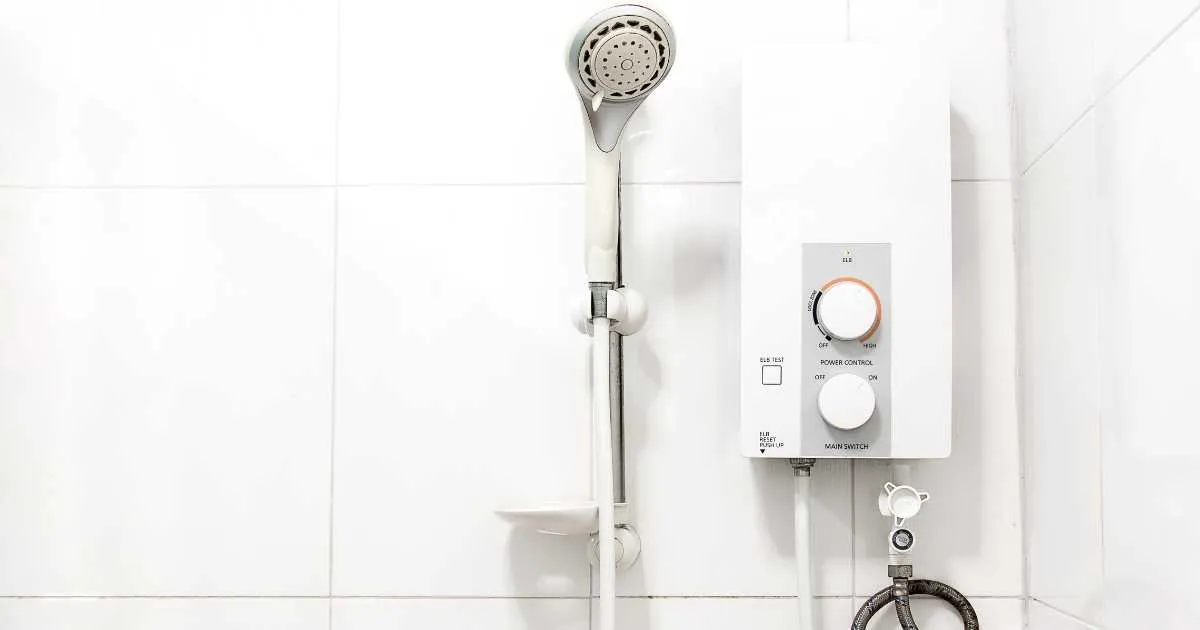So you’ve bought a new water heater for your home in preparation for the winter season, or maybe your old one just doesn’t cut it anymore.
Naturally, you might ask yourself – can homeowners install their water heaters themselves? What are the electric tankless water heater installation requirements? More importantly, what steps should one take to install one?
Well, purchasing is the easy part. The main problem is installation. A professional can make your job much easier and save you time. But if you’re the kind of person who wants to take every matter into their own hands, you should have proper preparation before doing it yourself.
Let’s dig right into the details!
Can Homeowners Install Electric Water Heaters Themselves?

As they say — you can do anything you want.
But that does not mean that you should. Yes, we’re suggesting that you take advantage of professional services. These licensed professionals know what they’re doing, and it’s the better option. And we have some excellent reasons to back up that suggestion.
Why You Shouldn’t Install an Electric Heater Yourself
An electric heater works on electricity, obviously, and requires adequate care. If you make the smallest mistakes, you risk starting an electric fire at your home. Even if you manage to install it properly, any loose wires or weak components can, later on, start a fire.
If you know what you’re doing, there is still the chance of a blackout. All these reasons include the fact that you’re putting yourself at risk for an electric shock and will probably spend more time on the installation process than required.
However, if you accept these risk factors and want to do the job yourself, then you should consider the prerequisites of installing an electric water heater.
Electric Tankless Water Heater Installation Requirements – Things You Should Know
Now that you have decided to install a tankless heater, you should take some time to learn the process. Here are the requirements:
Pick the Correct Model
Before you buy a tankless unit, research your home’s circuitry and the amount of electricity the water heating appliance uses.
Most whole-house electric tankless models use excess amperage. An average home has a total capacity of 200A. However, these bigger units, like the Stiebel Eltron Tempra 36, need three separate 50A double pole circuit breakers.
This adds up to a whopping 150A for a single tankless unit. Such models are recommended for houses with a minimum of 300A capacity.
Picking such electric models would require you to upgrade the entire home circuit, the circuit breaker panel, and thicker wiring. This isn’t ideal and would cost you above a thousand dollars for the services.
The best course of action is to check your electric breaker or electric panel for the current capacity of your house. Try contacting an electrician if you can’t find it. Once you know your home’s energy supply, get the water heater that can work that amount of power.
Thebest tankless water heaters for smaller homes are energy efficient, so ensure the one you buy isn’t excessively power-hungry.
Water Pressure Requirements
It’s essential to know the water pressure of your home. Most tankless water heaters can work between 30-150 psi of pressure, but any more than that will damage the unit.
You should first try to determine the water pressure of your home. If it’s more than 150 psi, a pressure-releasing valve must be attached upstream to the heater.
Permits
You may think that if you’re installing a water heating unit in your home, you don’t need any official permit.
While that is true in most cases, there are some exceptions. Certain states, like Chicago, require a plumbing expert to inspect your work. They’ll give you a permit for that unit if they approve it, and you will be officially allowed to use it.
Tools You’ll Need For Installation

Tools are an absolute necessity if you want to dabble in DIY projects. Chances are that you already have most of the tools required if you frequently DIY, but we’ll list them anyway.
- Drill + drill bits
- Flathead and Phillips screwdriver
- Needle nose pliers
- Adjustable wrench
- Pipe cutter
- Pencil
- Tape measure
These are your daily go-to tools that are used in almost every project. Apart from these, you’ll need some additional supplies that are specific to this project:
- Mounting screws and anchors
- Piping, ¾” or ½”
- Shut-off valves
- Sandpaper
- Pipe insulation
- Double pole circuit breakers
- Wire + ground
- Recirculation pump + crossover valve
- Pressure releasing valve
- Temperature and pressure relief valve (T&P)
- Teflon tape
What Is the Ideal Location For Water Heater Installation?

There isn’t a specific location in houses that are made for fitting tankless heaters. However, there are some factors that you should keep in mind when picking the location for installing the heater.
Ideally, try to place the water heater close to the spot where the requirement for hot water is highest. This will result in getting hot water in the faucet much more quickly. Unlike storage tank water heaters that need a lot of space, tankless units work in an energy-efficient manner and can easily be installed in even the smallest locations.
If the electric heater you’ve bought is a point-of-unit variant, install them close to the spot where you want hot water. These units are much smaller than whole-house heaters and can be placed beneath sinks.
There are a few conditions that you should keep in mind if you want your water heater to last longer and don’t want to void your warranty.
Moisture and Humidity
Water is the bane of electric heaters. More specifically, water in places where it isn’t supposed to be can do more than just damage your water heater.
When installing a heater in any location, ensure that the humidity of that location won’t rust the metal pipes or cause unnecessary sparking. Spots where water gets splashed frequently, are an obvious no-go.
Sub-zero Temperatures
Unless your water heater has built-in temperature regulation, don’t install it in a location that experiences freezing temperatures.
Recurrent freezing and thawing can severely damage the pipes and the heater. More importantly, a heater won’t function if the water in the inlet pipes has completely frozen.
How to Install an Electric Water Heater
Now that you have everything needed to install a water heater let’s get into a step-by-step guide on how to install it.
Step 1: Close the Main Water Supply and Electricity
A basic step, but very important, is to cut off your home’s main water and electrical supply.
Failure to do so may result in an electrical shock or flooding of your home.
Step 2: Disconnect Your Old Heater
If you already have an old water heater installed, drain the water in the heater before disconnecting it.
Be careful when dealing with the wiring, mounting brackets, and old pipes. Damaging any of these will lead to added project costs and time.
Step 3: Mount the Water Heater
Once you have disconnected your older water heater, take your new one and mount it.
It’s highly recommended that you remove the front cover of your new tankless water heater before mounting it, as it may become difficult to do so later on.
Removing the front cover will require a screwdriver and keeping the screws safe.
Step 4: Attach the Piping
The next step is to attach the cold water inlet pipes and the hot water pipes that go into your house.
Ideally, use flexible stainless steel pipes that are more durable and can handle high temperatures. The flexibility makes it easy to detach them and clean the pipes regularly.
If you don’t have access to stainless steel pipes, go with copper or PVC pipes.
Attaching a recirculating pump can help you get hot water instantly, so make sure.
If the water pressure in your home is higher than 150 psi, then attach pressure valves to the inlet pipes.
Step 5: Remove Air Bubbles in the System
This step isn’t necessary, but it’s recommended.
Once you have installed the inlet and outlet pipes, turn on all the hot water taps in your home and let the water flow freely for a few minutes. This will eliminate any air bubbles that may have entered the water system during installation.
Step 6: Wiring the Heater
The specifics of this step are different for every heater model. Consult the instruction manual that came with the heater for the exact method.
Re-attach the front cover after double-checking the wiring.
Step 7: Test the Heater
Turn on the main electrical supply and give the heater a test run. Ensure the temperature settings are according to your preference.
Conclusion
Installing a tankless water heater alone is no easy task, and it’s not recommended. However, if you still want to do it yourself, ensure you meet the electric tankless water heater installation requirements. You can follow the steps guide mentioned above to make the process simpler.
Hey, I’m Adam Miller. After years of crawling through cramped basements fixing water heaters (and discovering some pretty questionable DIY attempts), I figured it was time to share what I’ve learned in a way that doesn’t involve me getting covered in dust. I started this site to help you make sense of the whole tankless water heater thing—whether you’re tired of cold showers or just want to save a few bucks on your energy bill. I like to keep things simple, practical, and if I can throw in a bad joke or two along the way, even better!